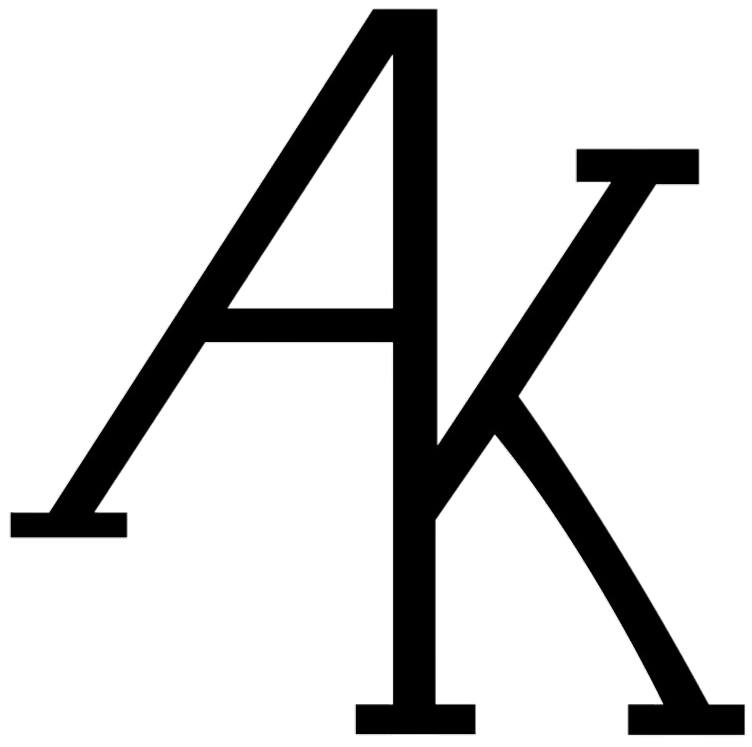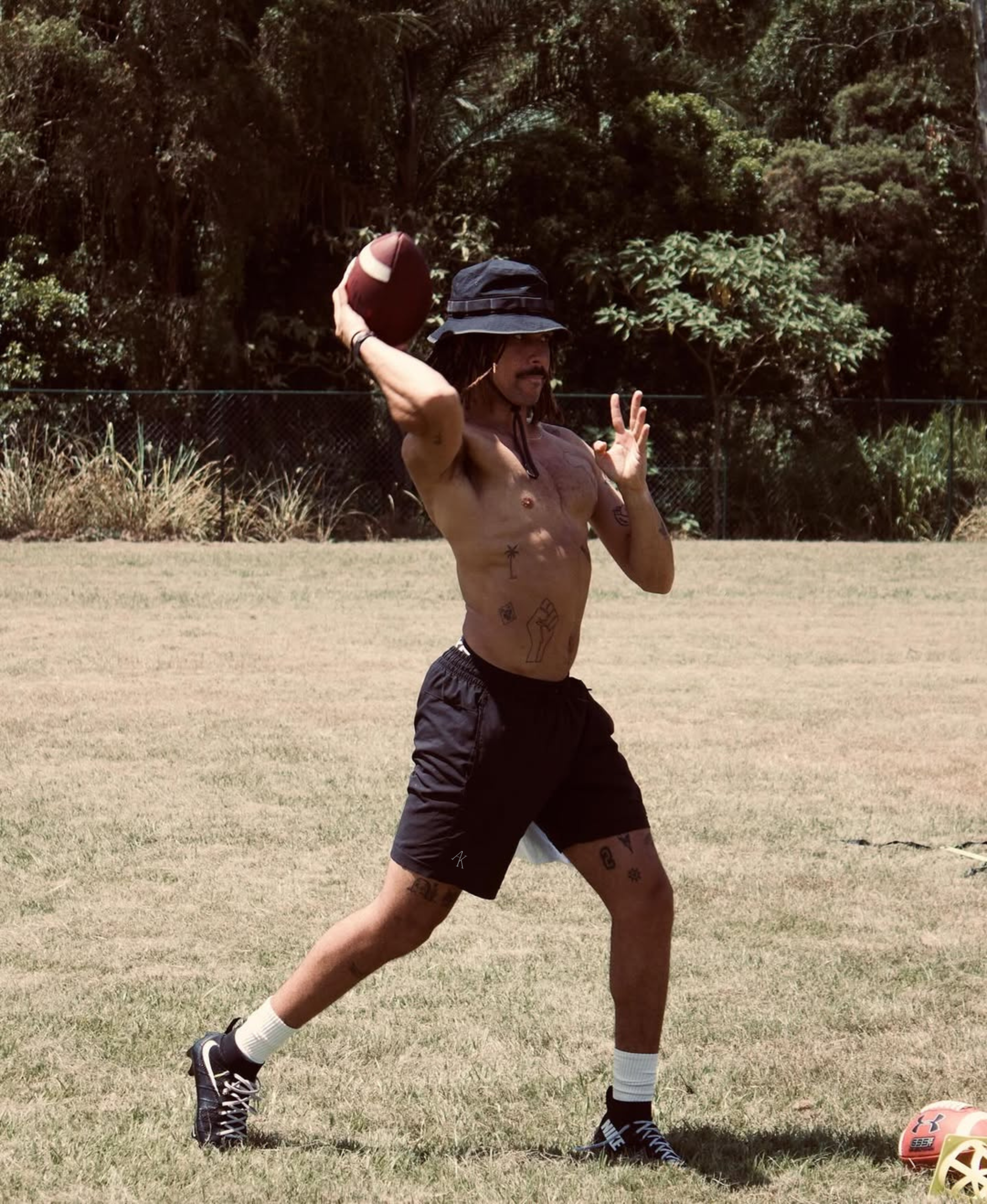American Football is a game of power, speed, and strategy—and each position demands a unique combination of physical traits. Whether you're built like a freight train or you’re more of a slender athlete, there’s a perfect spot for you on the gridiron. In this guide, we break down the common body types and match them to the positions where they shine the most.
1. The Powerhouse – Big, Broad, Strong
Ideal Positions:
-
Offensive Lineman (OL)
-
Defensive Lineman (DL)
Body Traits:
-
Broad shoulders
-
High body mass (often 120kg's+ in adult leagues)
-
Powerful upper and lower body strength
-
Not focused on speed, but ideally explosive in short bursts

Why It Fits:
These positions are all about brute force. Linemen battle in the trenches to protect the quarterback or break through the offensive line. A naturally bigger athlete with strength and power thrive here.
2. The Enforcer – Thick, Agile, and Aggressive
Ideal Positions:
-
Linebacker (LB)
-
Fullback (FB)
- Running Back (RB/HB)
Body Traits:
-
Stocky and muscular
-
Agile with the ability to read plays quickly
-
Usually 90kg - 110kg (In adult leagues)

Why It Fits:
Linebackers are the Swiss army knives of the defense—able to stop the run, drop into coverage, or rush the passer. Fullbacks & Running Backs require a similar body type to block, catch, and run the ball.
3. – Strong, Quick, and Explosive
Ideal Positions:
-
Running Back (RB)
-
Strong Safety (SS)
-
Edge Rusher (OLB/DE hybrid)
Body Traits:
-
Strong lower body
-
Great acceleration and agility
-
Height often around 5’9” to 6’1”
-
Weight: 190–230 lbs

Why It Fits:
These roles rely on speed, power, and quick reaction. Whether it's hitting gaps as a RB or closing down on quarterbacks as an edge rusher, athletic explosiveness is key.
4. – Slim, Quick, and Elusive
Ideal Positions:
-
Wide Receiver (WR)
-
Cornerback (CB)
-
Free Safety (FS)
-
Return Specialist
Body Traits:
-
Lean and agile
-
Exceptional footwork and straight-line speed
-
Typically 70kg's - 90kg's (In adult leagues)
-
Height varies (5’8”–6’4”), depending on role

Why It Fits:
Receivers and defensive backs live on quickness and precision. They must be able to change direction instantly, track the ball, and keep up with or outrun opponents. Return specialists also fall into this category, needing vision and breakaway speed.
5. The Field General – Calm, Strong Arm, and Smart
Ideal Positions:
-
Quarterback (QB)
Body Traits:
-
Balanced frame
-
Strong core and arm strength
-
High football IQ
Why It Fits:
Quarterbacks need more than just physical tools—they need poise, leadership, and the ability to read defenses. A tall frame helps with visibility, while strong mechanics support long throws and quick decisions.

6. The Specialist – Unique Builds for Unique Roles
Ideal Positions:
-
Kicker/Punter
-
Long Snapper
Body Traits:
-
Vary widely depending on skill
-
Strong lower body for kickers
-
Long snappers benefit from core stability and precision
-
Not as reliant on traditional football physiques
Why It Fits:
Specialists often have more focused roles that rely on specific skills rather than general athleticism. They’re vital in close games and require intense consistency.
Play to Your Strengths
There’s no “one-size-fits-all” in American Football—each position is built for a different kind of athlete. Whether you’re a bulldozer, a track star, or a strategic thinker, there’s a place for your body type on the field. Train smart, know your role, and dominate your lane.
Learn about each individual position and their respective groups HERE: OFFENSE DEFENSE


Share:
What is Flag Football?
How does Down & Distance Work in American Football?